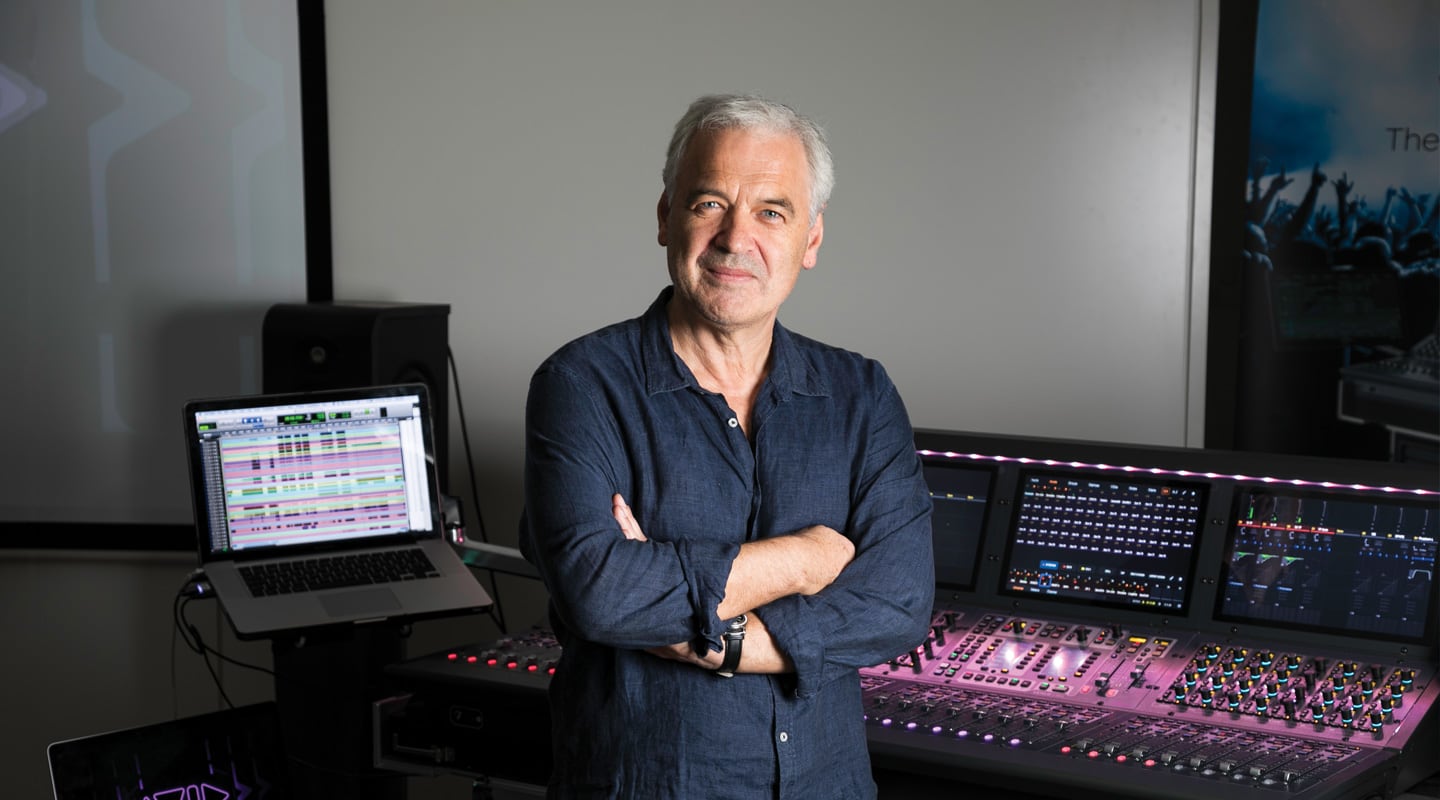
Interview with Robb Allan
Robb Allan was the house sound guy at the Underground in London when the Manic Street Preachers walked in the door. Two years later, he was mixing in arenas and hasn’t looked back. He’s Massive Attack’s FOH engineer, works full-time for Avid developing live console like the S6L, and is now getting a dream shot at mixing Radiohead.
Jim Warren’s had Radiohead nailed down for 25 years. He’s working on Arcade Fire, so I’m getting a once in a lifetime chance.
Years ago, somebody asked me what my top three bands to mix would be. I said Floyd, Massive Attack and Radiohead. Incredibly, by the end of this year, I’ll have done two out of three.
Massive Attack is all to time code, my snapshots are triggered from code, the lights and lasers are all off code. Radiohead is the opposite. It’s completely improvised, The middle section might be eight bars, or 12, or 16. They’ll play 20 or 25 songs out of a possible 80, and it’s all played live.
I have to create at least one snapshot for every single song. I’ve got an Avid S6L set up at home with Genelec 8351s. I have the multi-tracks from every single concert of their last tour and go back and forth between those and the album. I started with Jim’s session, but I’m not there to do his show. You could just get a kid to hit next snapshot; I have to stand behind it.
The first gig is the National Stadium in Chile; 58,000 people. Radiohead in a football stadium full of South Americans… no pressure.
I’m a musician who didn’t practise hard enough. I didn’t go to audio school or study electronics or computer science. It was the ’80s, I learnt on the job like everybody else.
My first proper sound gig was mixing at Mean Fiddler in Harlesden, London. It was modelled on a Country ’n’ Western shack. We had all kinds of bands through there; The Pixies, Red Hot Chili Peppers. It was about 1100 pax. I started out by bluffing my way into the smaller 200-capacity Acoustic Room.
I was the house sound guy at the Underground in Camden. The Manic Street Preachers came into the club wearing the white trousers, and punk shirts with manifestos written on them. They were fourth on the bill. They set up their guitar amps and started to play. I said, ‘Can you turn those amps up?’ After the sound check they came up to me and asked if I wanted to go on tour with them the next day. They hadn’t even heard me mix a show yet, but I was the first engineer who’d told them to turn their amps up, not down.
That was my break; me with the four of them in a mini bus sharing the driving.
I worked with them for 20 years, and by the end they were playing football stadiums and headlining Glastonbury.
When I started mixing the Manics, there were 13 channels on the stage. That’s not even a quarter of the drum channels I have on Massive Attack. By the end of my time with them we were up to 80 or 90 channels.
The reason I started using a Digidesign was because someone showed me Virtual Soundcheck. The band could leave the building, and you can keep working on the show. It blew my mind, it was so revolutionary.
When my kids were little, there wasn’t Skype or mobile phones. I’d be in Japan for two weeks and could afford to call home maybe once because it would cost a day’s wages. It was tough. Loads of my colleagues’ marriages failed because of that. Fortunately my wife was very tolerant. I also said, ‘If it gets too much, you’ve got to tell me.’ Right around the time Avid offered me the job, she’d had enough.
I took the Avid job to stop touring, but it didn’t really work out that way.
I’m full-time at Avid, but I’ll be mixing two months of Radiohead and a month of Massive Attack this year. If I’m out using the desk with great bands, then I understand the workflow processes of the desk and feed that back to the design.
My involvement with the S6L started right at the beginning. We had a very small team called the Jedi group. Me, Rob Scovill, Al McKenna and a guy called Sheldon Bradford, who’s now left the company. The four of us sat in a room for a month — sofas, tables, white boards — and kicked ideas around.
The Profile had been a massive success. What did we do wrong, what did we do right and what was the future of audio going to look like?
The Profile and D-Show was all about transitioning people from the analogue world into digital as comfortably as possible. It had an analogue-like workflow with fixed processes on encoders; an EQ section that was only EQ, and a section just for gain.
A digital desk was almost apologetic; it was pretending to be an analogue console. We wanted to make the next generation softer, and unapologetically digital. You can customise the S6L a million different ways.
We were trying to design a console that would launch four years in the future and be around for at least another 10.
The team that designed the Profile didn’t imagine the number of auxiliaries people would need. We would think of a number, then double it, then double it again. We put the desk out with the first doubled number, but it would need to have the ability within the architecture to double it again if we need to, which is why we separated the engine from the surface and I/O. There could be more horsepower in reserve, but worst case you add more DSP cards or swap out the engine.
The console’s also completely modular. Each section is connected via ethernet and a power supply. If we need to make a surround sound panner section, we could pull out the knob section and drop in a completely new module.
In some ways it’s already eclipsed the Profile. We’re now selling twice as many S6Ls per year as Profile did in its peak. There are about 4000 Profiles out in the world, and it’s been around for 10 years. We’ve sold 1000 S6Ls in a year and a half. If you add in D-Shows and SC48s, it’s about 10,000. I’d say we’ll do that number in the next three or four years. We’ve got plans to expand upon the S6L. We’re not going to be just a one desk company.


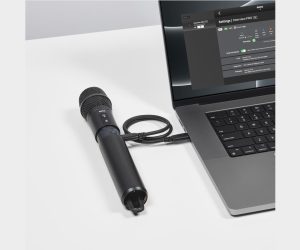


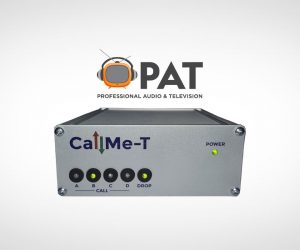



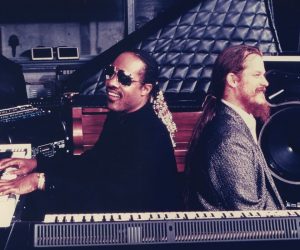


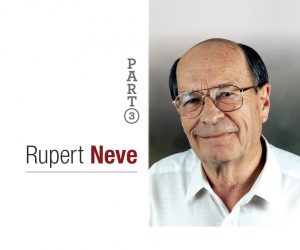



It’s amazing they have such great engineers helping design. I feel like you don;t get that with other companies